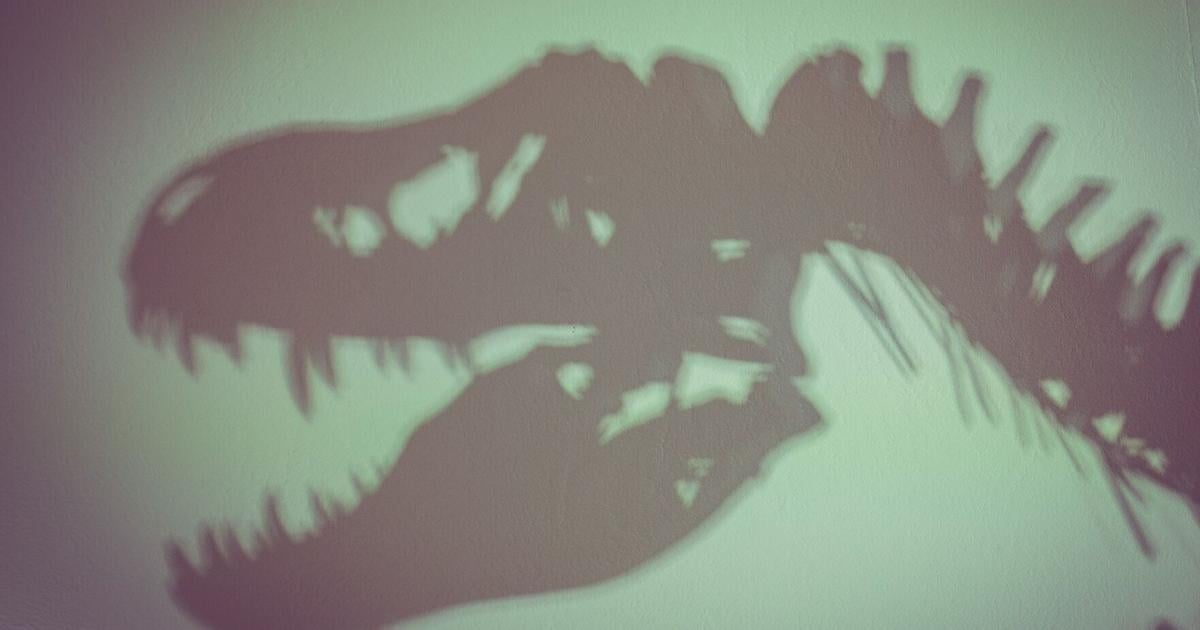Markus Spiske
By Stephen Beech
Tyrannosaurus rex may have been one of the few fearsome dinosaurs to pack a mighty bite, suggests new research.
A study of 18 dinosaur species showed that the jaws of many of the prehistoric predators were much weaker than previously thought.
While the Tyrannosaurus skull was optimized for quick, strong bites like a crocodile, other giant dinosaurs that walked on two legs – including spinosaurs and allosaurs – had much weaker bites and instead specialized in slashing and ripping flesh.
Scientists say their findings, published in the journal Current Biology, show that meat-eating dinosaurs followed “different evolutionary paths” in terms of skull design and feeding style despite their similarly gigantic sizes.
(Rowe and Rayfield, Current Biology via SWNS)
Study co-author Dr. Andrew Rowe, a palaeontologist at the University of Bristol, said: “Carnivorous dinosaurs took very different paths as they evolved into giants in terms of feeding biomechanics and possible behaviours.
“Tyrannosaurs evolved skulls built for strength and crushing bites, while other lineages had comparatively weaker but more specialized skulls, suggesting a diversity of feeding strategies even at massive sizes.
“In other words, there wasn’t one ‘best’ skull design for being a predatory giant; several designs functioned perfectly well.”
Dr. Rowe says he has always been fascinated by large carnivorous dinosaurs, and he considers them interesting subjects for exploring basic questions in organismal biology.
He and co-author Professor Emily Rayfield, also from the University of Bristol, wanted to know how bipedalism – walking on two legs -influenced skull biomechanics and feeding techniques.
It was already known that despite reaching similar sizes, predatory dinosaurs evolved in different parts of the world at different times and had very different skull shapes.
Markus Spiske
Those facts raised questions for the Bristol team about whether their skulls were functionally similar under the surface or if there were notable differences in their predatory lifestyles.
As there are no massive, bipedal carnivores alive today – since the mass extinction event around 66 million years ago at the end of the Cretaceous period – the researchers say that studying them offers “intriguing” insights into a way of life which has since disappeared.â¯
To examine the relationship between body size and skull biomechanics, the team used 3D technologies, including CT scans and surface scans to analyze the skull mechanics, quantify the feeding performance, and measure the bite strength across 18 species of therapod.
While they expected some differences between species, they were surprised when their research showed “clear” biomechanical divergence.
Dr. Rowe said: “Tyrannosaurids likeâ¯T. rexâ¯had skulls that were optimized for high bite forces at the cost of higher skull stress.
“But in some other giants, likeâ¯Giganotosaurus, we calculated stress patterns suggesting a relatively lighter bite.
“It drove home how evolution can produce multiple ‘solutions’ to life as a large, carnivorous biped.”
EESOFUFFZICH
Skull stress didn’t show a pattern of increase with size.
Some smaller therapods experienced greater stress than some larger species due to increased muscle volume and bite forces.
The findings show that being a predatory biped didn’t always equate to being a bone-crushing giant.
Dr. Rowe said that unlike T. rex, some dinosaurs – including the spinosaurs and allosaurs – became giants while maintaining weaker bites more suited for slashing at prey and stripping flesh.
He added, “I tend to compareâ¯Allosaurusâ¯to a modern Komodo dragon in terms of feeding style.
“Large tyrannosaur skulls were instead optimized like modern crocodiles with high bite forces that crushed prey.
“This biomechanical diversity suggests that dinosaur ecosystems supported a wider range of giant carnivore ecologies than we often assume, with less competition and more specialisation.”
